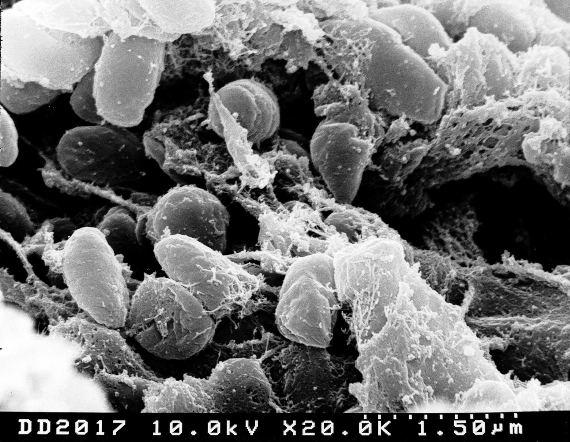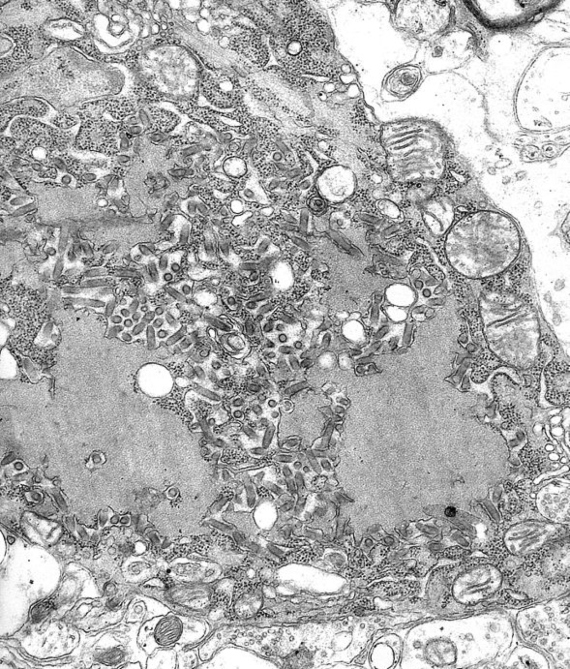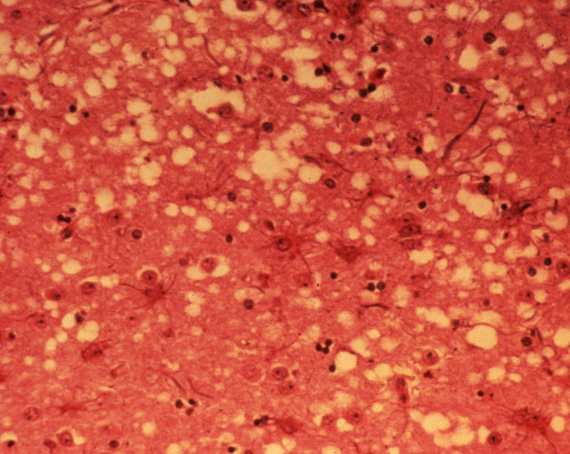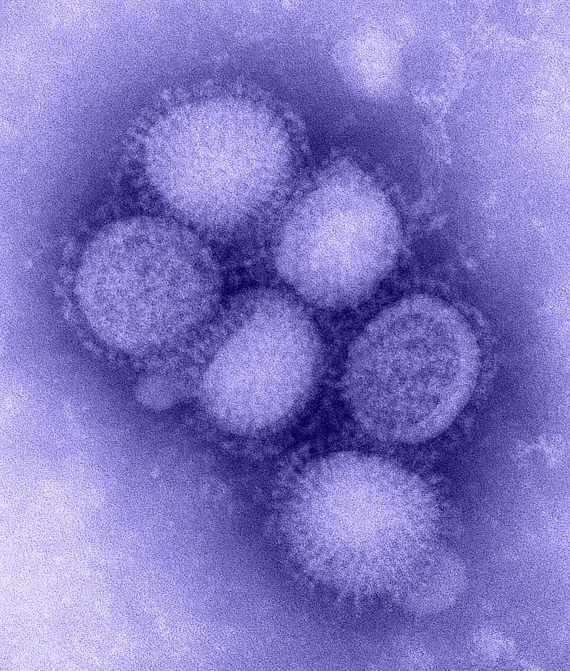Pandemics, antivirals, herd immunity… SARS-CoV-2 coronavirus spreading around the world has led to the repetition of several scientific concepts in news on the virus. One term that is part of this glossary is at the heart of the virus’ origin: zoonoses.
Zoonoses refers to the process by which animal diseases are naturally transmitted to human beings, either through the person’s direct exposure to the animals or by consuming food made of the animals. Although the animal from which the COVID-19 disease spread to humans has not been scientifically confirmed, the focus now seems to be on the pangolin. Even though zoonoses is all over the news today, it is a process that is very well known and which lies at the origin of many diseases, as well as major pandemics in history.
Why have human beings been, and will continue to be, exposed to these kinds of pandemics? The UN Food and Agriculture Organization’s report World Livestock 2013: Changing disease landscape provides a key fact: 70 percent of the new diseases that have emerged in human beings in recent decades are of animal original. This percentage show the extent to which human health is closely tied to livestock and animal health. The same report mentioned other factors that have contributed to the spread of these kinds of diseases in recent years, such as poverty, deficient healthcare systems and healthcare infrastructure in some places, international travel and trade, climate change and increasing pressure on ecosystems.
From the Black Death to mad cow disease, we will go over some of the most important zoonoses in the history of humankind prior to the arrival of the COVID-19 disease.
The Black Death
In the 14th Century, the Black Death took the lives of 50 million people. This devastating epidemic, considered one of the most lethal in the history of humankind, it a bacterial form of zoonoses, as it is caused by the bacteria Yersinia pestis, which is found in small mammals and the fleas infest them. Living conditions in the Middle Age contributed to how rapidly it spread, as people had a lot of contact with fleas and other rat parasites.

The Black Death continues to exist today as an animal disease in all continents except Oceania, but most human cases are currently in Africa. The three most endemic countries are Madagascar, the Democratic Republic of the Congo and Peru.
Rabies
Rabies are a viral form of zoonotic disease caused by a virus from the Rhabdoviridae family. It can affect any wild or domestic mammal and spread to people through bites or scratches. In 99 percent of the cases, it is spread through domestic dogs. Therefore, the most effective way to combat this disease is by vaccinating dogs, which is why this vaccine is required in many regions.

Louis Pasteur developed the first vaccine for rabies in humans in the year 1885. The renowned French chemist used it to treat a nine year old boy after he had been bitten by a rabid dog, leading to his recovery and those of thousands more people in the following months.
The World Health Organization (WHO) warns that is is currently a neglected disease, as most cases are concentrated in poor and vulnerable populations. Over 95 percent of human deaths from rabies take place in Asia or Africa even though immunoglobulins and vaccinations effective in humans have existed for more than a century.
Bovine spongiform encephalopathy
Better known as “mad cow disease”, the first cases of bovine spongiform encephalopathy (BSE) were detected in animals in the U.K. in 1986. In 1996, a new variant of Creutzfeldt-Jakob disease (CJD) was identified in humans, and was related to the BSE epidemic in cattle. The transmission of the disease to humans occured by consuming contaminated meat.

The appearance of BSE in cattle was related to the practice of feeding animals the remains of ruminant livestock. Abandoning this compound for cattle feed eliminated the possibility of animals getting BSE, and therefore the risk of transmitting it to humans by consuming meat.
Avian flu
Avian flu is zoonoses caused by Influenza A virus subtypes. It is a type of flu that originally affects birds, but some strains can infect different mammals that are in contact with infected birds, including humans. In 1997, human infections were identified for the first time in Hong Kong. From 2004 to 2006 the virus spread from Asian fowl to Europe, and WHO warned that this could increase the possibility of avian flu becoming a pandemic. Ten years later, in 2013, it was back in the news after spreading to hundreds of people in China with the new strain, H7N9.

Even though some experts say there is a possibility of a strain of avian flu becoming the great pandemic of the 21st Century, this has not yet taken place because the virus has not yet mutated in a way that facilitates its transmission among people. In the future, if a strain is capable of overcoming this barrier, it could spark this pandemic.
Comments on this publication